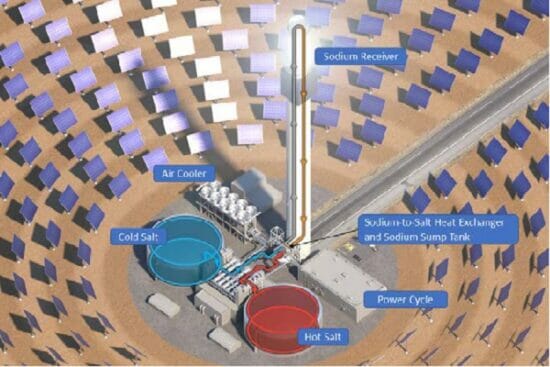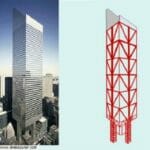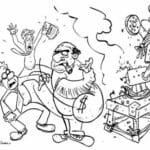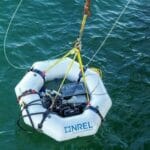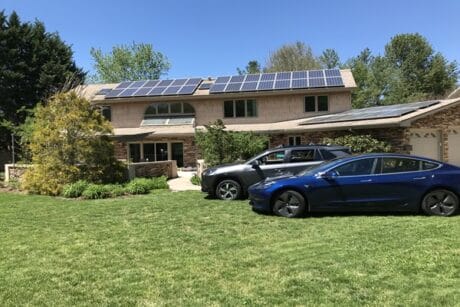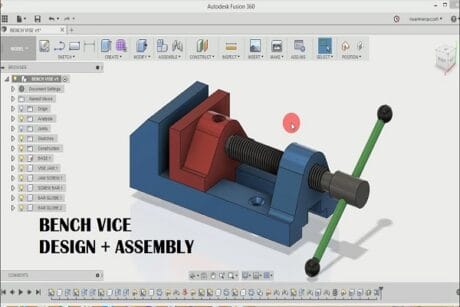No products in the cart.
- Course No E – 1917
- PDH Units: 4
Course No E - 1917
PDH Units: 4
- Course No E – 1917
- PDH Units: 4
Course No E - 1917
PDH Units: 4
Intended Audience: Mechanical, HVAC, Electrical and Environmental Engineers
Credits: 4 PDH Units
In this online engineering PDH course, the role that concentrating solar-thermal (CST) technologies could play in future U.S. energy markets is discussed. CST uses reflective surfaces to concentrate the sun’s rays on a small area (the receiver), which heats up to temperatures of 700 to 1000 deg F, depending on the type of receiver used. Concentrating solar-thermal power (CSP) refers to a system for converting this heat to electricity, which is the primary end application discussed in the course. Besides generating electricity, CST can be used in any other application that requires thermal energy, such as industrial process-heating, thermal desalination, and fuel production. Thermal energy can also be stored for later use through thermal energy storage systems, giving CST technologies greater generation flexibility than solar photovoltaic or wind technologies. The course describes the most widely deployed CSP plant types, such as parabolic trough collectors, power tower systems, linear Fresnel collectors, and parabolic dish collectors. This course is based on the following document: Augustine, Chad, Craig Turchi, and Mark Mehos. 2021. The Role of Concentrating Solar-Thermal Technologies in a Decarbonized U.S. Grid. Golden, CO: National Renewable Energy Laboratory. NREL/TP-5700-80574. https://www.nrel.gov/docs/fy21osti/80574.pdf.
Learning Objectives
At the successful conclusion of this course, you’ll be able to identify and discuss:- Understanding technology trends in the last decade
- Learning about total installed costs, levelized cost of electricity, and operations and maintenance costs
- Recognizing the three potential pathways for increasing the operating temperature of the CSP plant: molten salt, particles, and supercritical CO2.
- Knowing the importance of the solar collection field in determining the costs of the total system
- Recognizing the potentially huge markets in supplying industrial process heat
- Distinguishing the different challenges represented by low, medium, and high-temperature industrial processes
- Recognizing the potential market in producing solar fuels
- Understanding the challenges in applying CST to methane reforming, steam gasification, redox reactions, multistep thermochemical cycles, and high-temperature electrolysis
- Understanding the potential advantages offered by pumped thermal electric storage
Once completed, your order and certificate of completion will be available in your profile when you’re logged in to the site.

